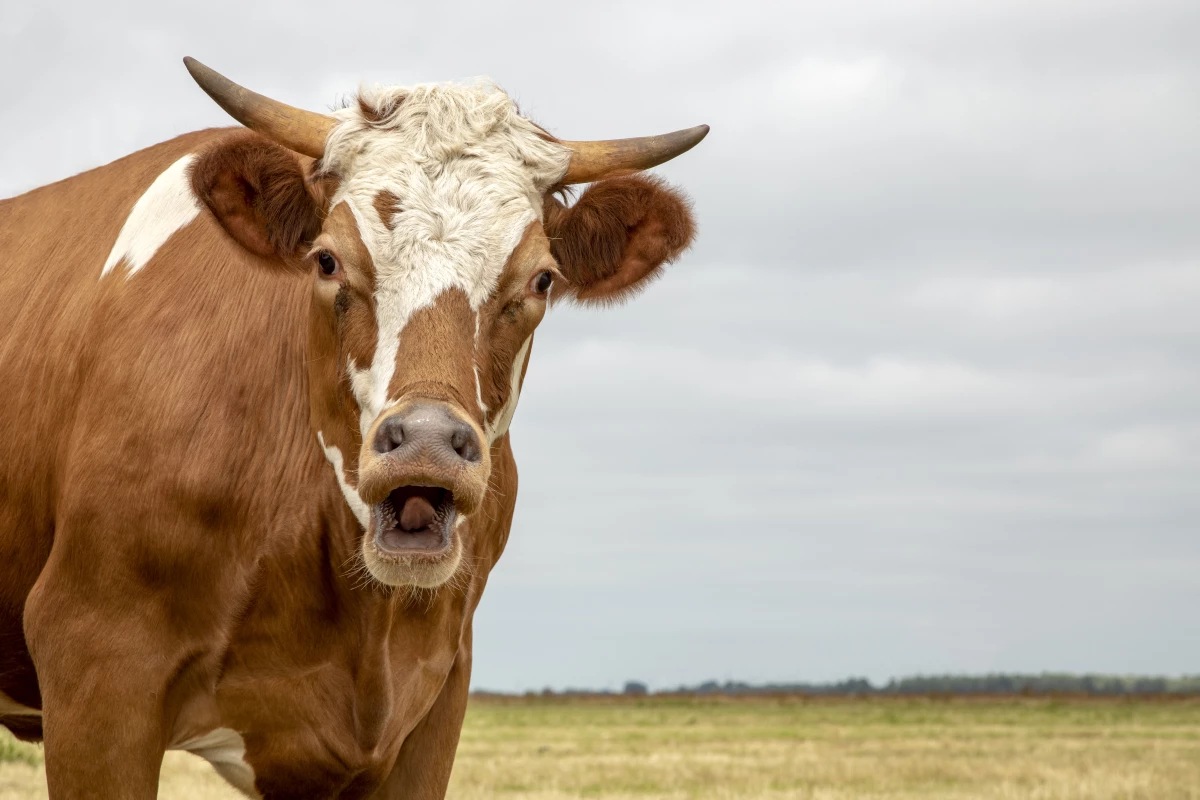In case you haven't heard, the methane in cow burps is a major source of greenhouse gases. There may be a new way of addressing that problem, however, as a recent study shows that feeding cows clay reduces their methane emissions by over 30%.
So first of all, yes, we're serious about the cow burps.
Cows produce methane as a byproduct of digesting their high-fiber diet, and belch the gas out on a continuous basis. According to the United Nations Environment Programme, that burped-out methane – from cows and other livestock animals – makes up about 40% of total global methane emissions.
Making matters worse is the fact that methane is approximately 25 times more potent than carbon dioxide at contributing to global warming.
In order to reduce the methane in cow burps, scientists have experimented with cattle feed supplements such as fish oil, seaweed, tropical leaves, and even baby kangaroo poop. Now, halloysite clay is showing promising results.
In a pilot study conducted by Dr. Bhaba Biswas and colleagues at Australia's University of Newcastle, it was found that adding a modified form of the naturally occurring clay to regular cattle feed reduced the animals' methane emissions by more than 30% over a 24-hour period.
According to Biswas, the clay curbs the activity of gut microbes and parasites which produce the methane. The material appears to be harmless to the cattle – after all, they regularly ingest soil when grazing – and in fact could even have health benefits such as reduced gut acidity. It is ultimately passed with the feces.
More research still needs to be conducted, but it is hoped that the modified halloysite could eventually be sold in the form of inexpensive pellets or a paddock spray.
Biswas and his team are presenting their findings this week at the International Cleanup Conference in Adelaide, Australia.
Source: Scientell




